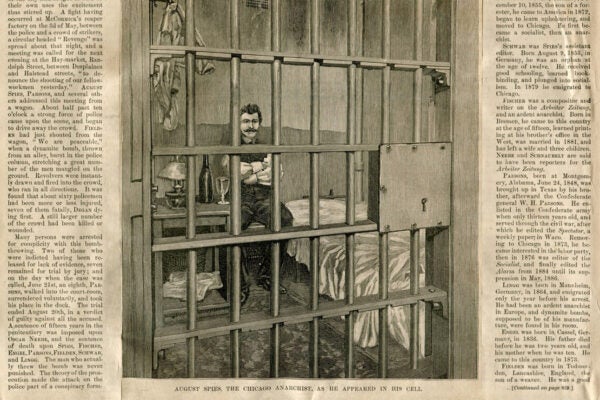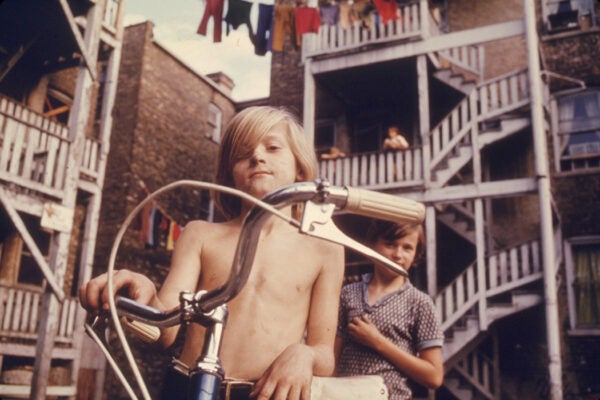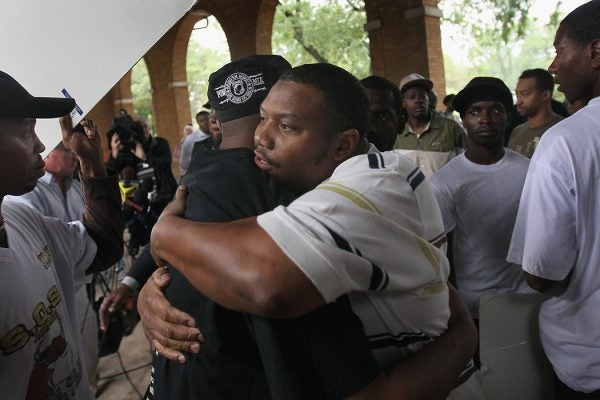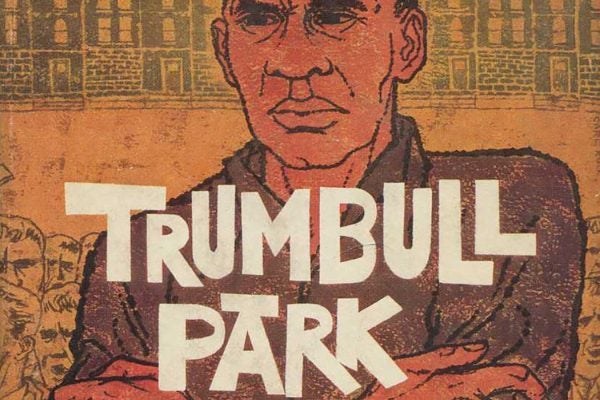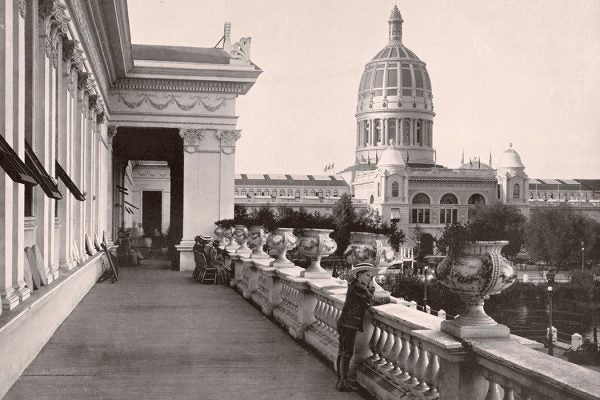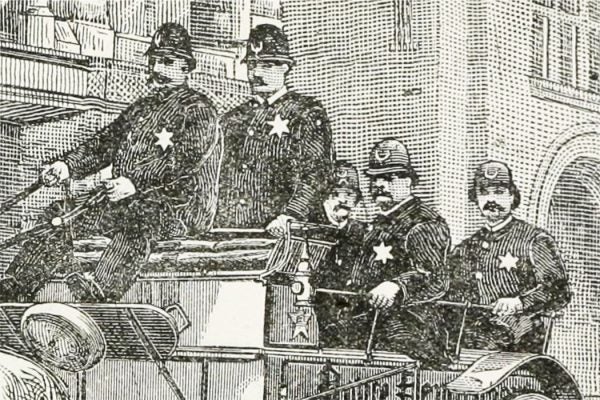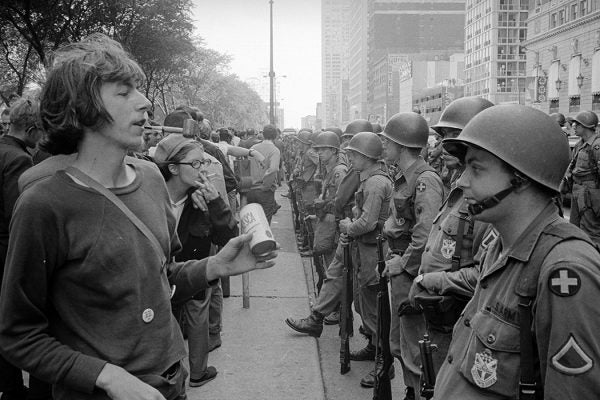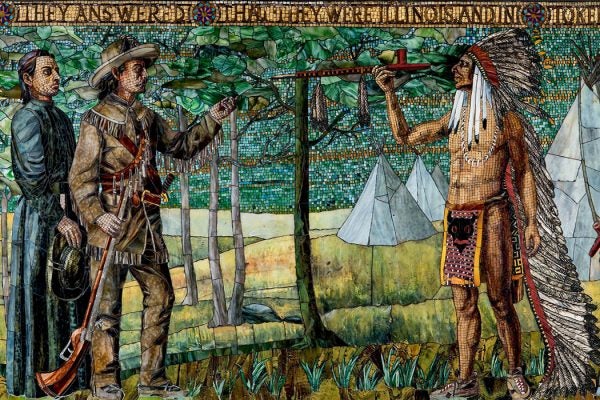Demonizing Immigrants in the 1880s
American newspapers portrayed members of immigrant groups as potential anarchists, linking the ideology to other anxieties and stereotypes about foreigners.
How Al Capone Made Greyhound Racing Great
In the 1920s, Chicago became the greyhound racing capital of the country, thanks in part to the power of mobsters like Capone, who was a big fan.
When Uptown Chicago was “Hillbilly Heaven”
In the 1960s, white Appalachian workers attempted to put down roots in Chicago by building an integrated model neighborhood called Hank Williams Village.
What Do Chicago Gangs Provide to Their Members?
Confronted with discrimination and violence, gangs evolve and serve members differently, even when patterned after existing groups.
Puerto Rican Domestic Workers and Citizenship in the 1940s
Recruited to work on the US mainland for long hours at less than the prevailing rate, women migrants fought for dignity and recognition.
How Trumbull Park Exposed the Brutal Legacy of Segregation
Frank London Brown’s 1959 novel, which presents a powerful story of white supremacist hatred, has been selected for the Chicago Literary Hall of Fame.
The World’s Fair That Ignored More Than Half the World
The spectacle of the World's Columbian Exposition of 1893 was unrivaled in its time. But it hardly represented the "world" of women and African-Americans.
A History of Police Violence in Chicago
At the turn of the century, Chicago police killed 307 people, one in eighteen homicides in the city—three times the body count of local gangsters.
The Dirtiest Piece of Writing in Print
The 1968 DNC was overshadowed by anti-war demonstrations. The Walker Report describing the events became controversial for the obscenities it contained.
What Can Tiffany’s Mosaics Teach us about Stereotypes?
Tiffany’s glass mosaics can teach us a lot about stereotypes and nineteenth-century ideologies, particularly in the Marquette Buildings mosaic friezes.
